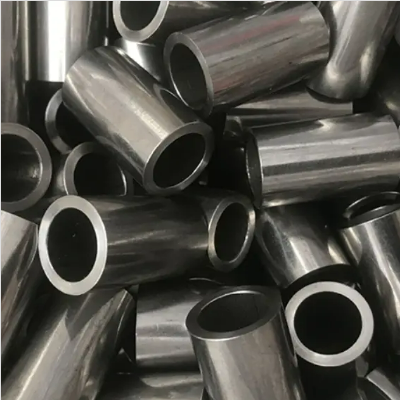Mobile:+86-311-808-126-83
Email:info@ydcastings.com
Cost Factors in Aluminum Die Casting Manufacturing Process Explained
Understanding the Cost of Aluminum Die Casting
Aluminum die casting is a popular manufacturing process that produces complex metal parts with high precision and excellent surface finishes. It is widely used across various industries, including automotive, aerospace, electronics, and consumer goods. While its advantages are numerous, understanding the costs involved in aluminum die casting is crucial for businesses looking to optimize their production processes and budgets.
Factors Influencing Aluminum Die Casting Costs
1. Material Costs The price of aluminum itself fluctuates based on market conditions and availability. Additionally, specific alloys may be required for certain applications, which can affect cost. Typically, aluminum die casting requires high-quality aluminum to ensure strength and durability, which may come at a premium.
2. Tooling Costs Creating the dies used in the die-casting process can be one of the most significant costs. Tooling is a one-time investment, and the complexity of the part being produced directly influences tooling costs. Simple designs may require a less expensive mold, while intricate shapes necessitate more complex and expensive tooling.
3. Production Volume The quantity of parts produced will impact the overall cost per unit. Generally, higher production volumes can decrease the average cost per part due to the amortization of tooling costs over a larger number of parts. Conversely, lower production volumes will increase the unit cost, as setup and breakdown times become more significant per piece.
4. Labor Costs Although aluminum die casting is predominantly automated, skilled labor is still required to operate machines, maintain equipment, and perform quality inspections. Labor costs vary significantly by region and can influence the overall cost structure of the casting process.
5. Post-Processing Costs After casting, parts may require additional processes such as trimming, machining, surface finishing, or coating. The complexity of these post-processing steps will add to the overall cost and should be factored into the budgeting process.
6. Overhead Costs Operational overhead, including facility expenses, utilities, and other indirect costs, must also be accounted for. These can vary based on the efficiency of the manufacturing facility, the technology used, and the geographic location.
aluminum die casting cost

Cost-Reduction Strategies
To mitigate costs in aluminum die casting without compromising quality, manufacturers can consider several strategies
1. Design Optimization Investing time in optimizing the design of the part before tooling can greatly reduce costs. Using simulation software can help identify potential issues and allow for modifications that could make the casting process simpler and less expensive.
2. Material Recycling Aluminum is highly recyclable. Utilizing recycled aluminum can lower material costs and promote sustainability. However, it’s essential to ensure that the recycled material meets the desired specifications for the final product.
3. Batch Production Instead of making one-off prototypes, producing parts in larger batches can significantly lower per-unit costs. This is particularly advantageous if the product will see high demand.
4. Strategic Supplier Relationships Building strong relationships with suppliers can lead to better pricing on materials and tooling. Suppliers may also provide valuable insights into the latest technologies and processes that could reduce costs.
5. Technology Upgrades Investing in modern die-casting technologies can improve efficiency and reduce waste. Advanced machinery often leads to faster cycle times and less manual intervention, which helps cut down on labor costs.
Conclusion
The cost of aluminum die casting is influenced by various factors, including material, tooling, production volume, labor, post-processing, and overhead expenses. By understanding these components and implementing effective cost-reduction strategies, businesses can optimize their aluminum die-casting processes, ensuring that they remain competitive in an increasingly challenging marketplace. As technology advances and recycling becomes more prevalent, the landscape of aluminum die casting costs will continue to evolve, offering new opportunities for innovation and efficiency.
-
Impeller Technology That Powers Precision in Pump SystemsNewsMay.22,2025
-
Valve Durability Begins with Quality Cast Iron ComponentsNewsMay.22,2025
-
Performance Cooling with Advanced Automobile Water Pump SolutionsNewsMay.22,2025
-
How Motor Housing and Oil Pans Shape Engine PerformanceNewsMay.22,2025
-
How Metal Castings Drive Modern Manufacturing EfficiencyNewsMay.22,2025
-
Exploring the Engineering Behind Valve Body CastingsNewsMay.22,2025











